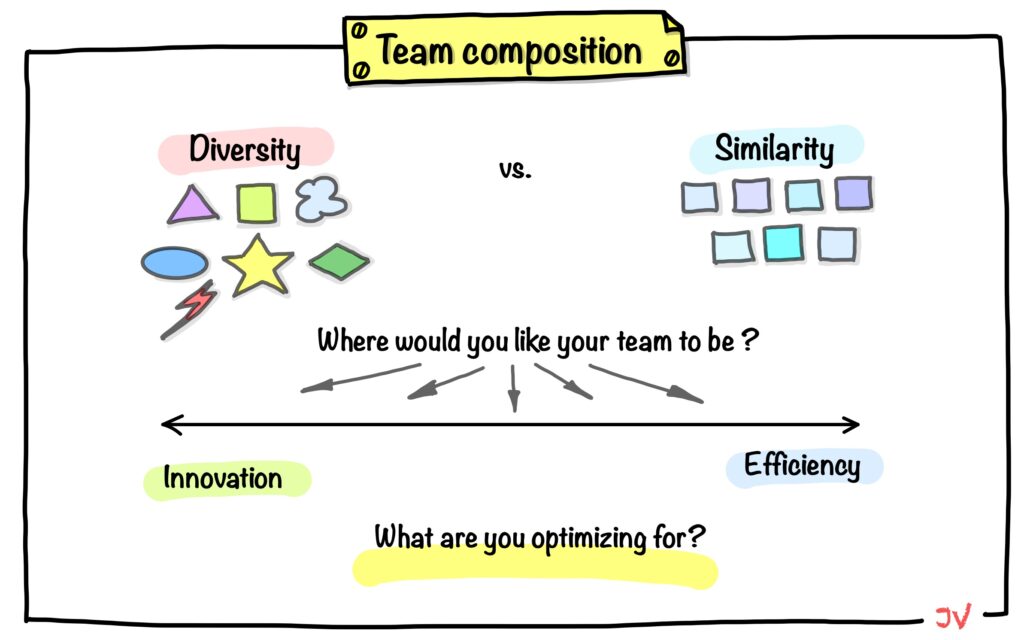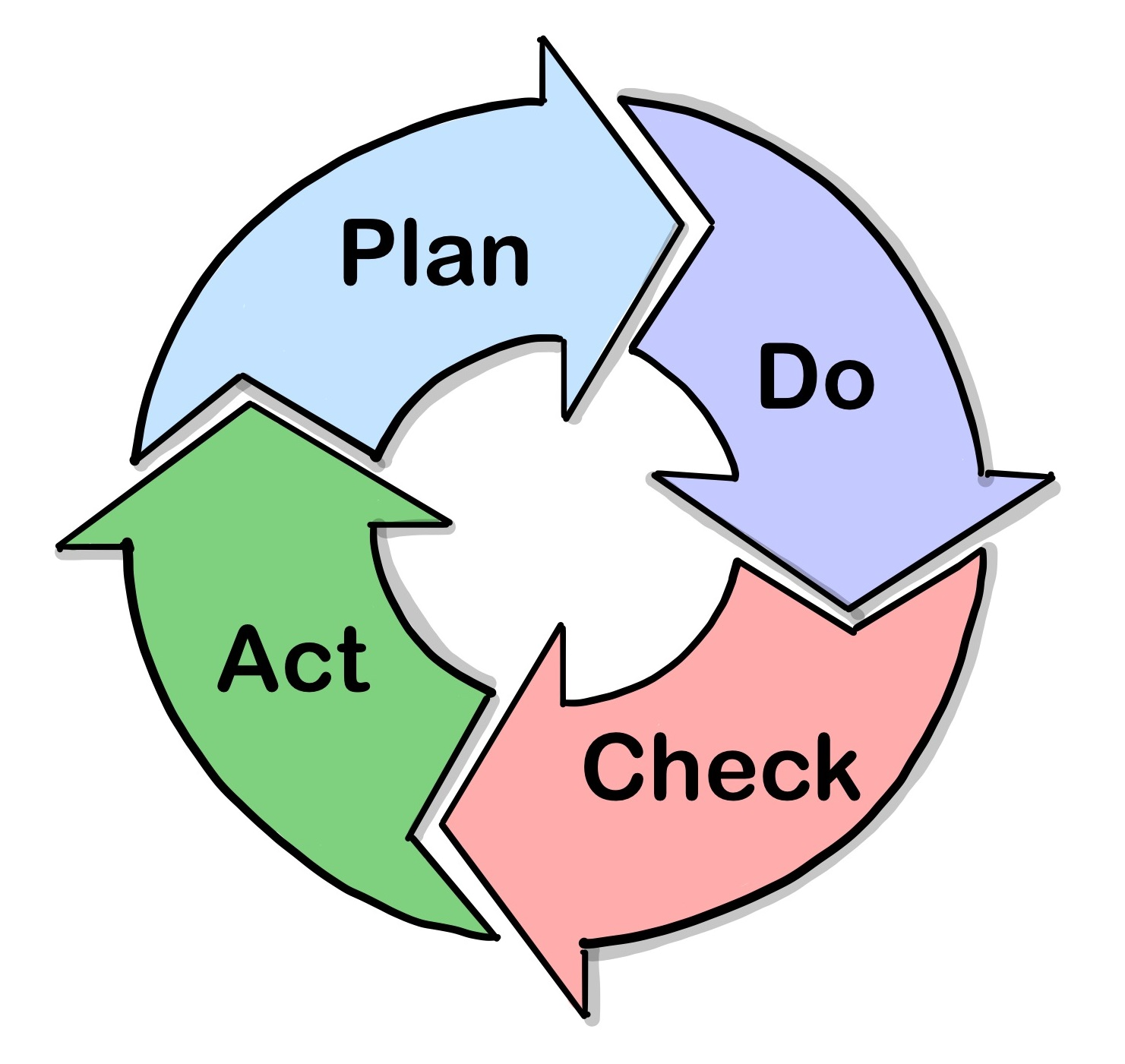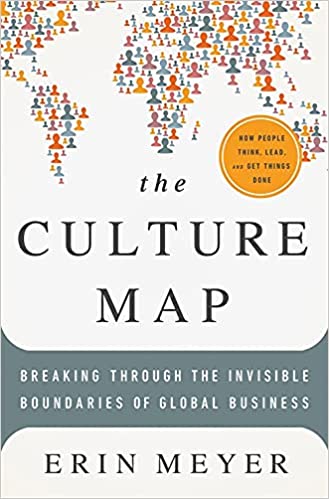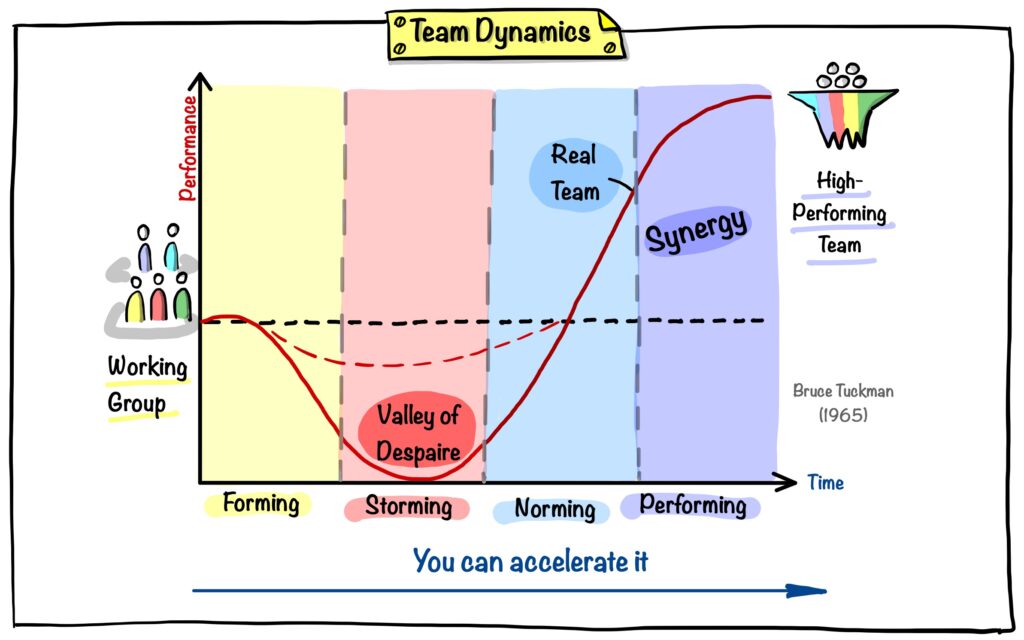As a team coach and a trainer, I know well the axiom that one of the most important characteristics of a high-performing team is diversity.
Still, I always had difficulties with fully accepting it as my experience showed me that the more similarities team members have – cultural background wise, age, interests, education, hobbies, and to a less extent, gender (as it seems that most of us like working with colleagues of the opposite sex) – the better they work together, the better their collaboration and communication are, the faster they make decisions, and to be honest, the more they enjoy working with their team members and like them. Members of such teams often become good friends also outside work.
And when we work in a very diverse team, while it might be interesting to learn new perspectives, work-wise, it might be really challenging to adjust our styles of communication, our expectations, to build trust and develop relationships. Collaboration in such teams requires a lot of energy from us, and sometimes it seems to be mission impossible – to understand all those “weird” behaviors of people of other generations or cultures, and we just either keep some polite level of communication or put ourselves aside, or even exclude others, in more extreme cases of such background clashes. Making collaboration effective in such a setup is possible, but it requires a lot of extra effort, time, and coaching compared to teams with more uniform backgrounds.
At the same time, it is clear that when we work with people very similar to us, we miss a lot of perspectives, and our decisions only reflect our own very limited part of the big picture. It is hard for us to imagine how other people think and perceive the world, we don’t have enough diverse ideas, and it is quite challenging to go outside our habitual thinking and come up with truly innovative ideas.
While we are happy to work together with such like-minded people, it is easy and enjoyable, but we live in our small bubble.
So I was puzzled by this until I got an insight about this from Erin Meyer book The Culture Map . There she explores the cultural aspect of diversity, and she also has opinion that “Effective cross-cultural collaboration can take more time than monocultural collaboration and often needs to be managed more closely”.
And then she suggests that “if your goal is innovation or creativity, the more cultural diversity the better, as long as the process is managed carefully. But if your goal is simple speed and efficiency, then monocultural is probably better than multicultural.”
So this is it. None of the setups is better than another; they just serve different purposes and require different approaches.

We need to understand what we are optimizing for, which proportion of innovation and efficiency we need, and compose our teams according to this. Our teams are probably never on one or another side of the spectrum but somewhere along the axis.
The more similar the team members are, the more efficiently they will work together, but we can probably expect fewer disruptive innovations from them, if any. The more diversity we have in the team, the more innovative and inclusive solutions the team might create, but this will not be an easy, out-of-the-box process of collaboration.
I highly recommend Erin Meyer book The Culture Map to everybody who works in or leads international teams. Many things from my experience started to make more sense to me.



Leave a Reply